california sycamore tree problems
California sycamore tree bark has a patchy look combining colors such as tan pinkish-gray white and beige. Sycamore anthracnose is one of the most common diseases that commonly affect California sycamore trees.

Property Owners Appeal Landmark Status Of Wilmont Sycamores Santa Monica Daily Press
It can be treated with fungicides.

. Sycamore Anthracnose. The California sycamore tolerates many soil textures including acidic alkaline compacted and wet. As a native riparian tree it is found all along our.
The culprit is sycamore anthracnose a fungal disease that causes damage and death of leaves as well as stem cankers. California sycamore Platanus racemosa is a majestic tree up to 100 feet 32 m in height and more than five feet 15 m in diameterA sycamore may have one or several trunks which may be erect or wildly twisted and bent. Its quite startling to see how little progress the sycamore trees in our area have made.
Annual pruning and fertilizing will help maintain the health of the tree making it less susceptible to pests and diseases. Sycamore anthracnose is one of the most common diseases that commonly affect California sycamore. This disease may appear as four distinct phases.
While it looks disfiguring it is not fatal and the tree will recover without intervention. Your tree is infected with anthracnose a fungal disease that thrives during wet spring weather but it still. Your Sycamore tree is probably a California Sycamore Platanus racemosa a widely planted residential tree for its beauty and shade which can live for over 150 years.
Many problems are associated with sycamore trees. While many deciduous trees lose their beauty and charm in these months this tree becomes a sculptural masterpiece of nature with bark that glows in the sun. As fall approaches us we come across brittle limbs due to drought.
Well-known to the native Tongva Gabrielino people of the region the western sycamore Plantanus racemosa was one of the few trees to shade the lowlands of coastal Southern California. California sycamore leaves and seed balls Sycamore tree bark. California Sycamore This plane tree is native to.
American sycamore is one of many plants susceptible to aphid infestations. Their blooms can be difficult to spot at first glance. Sycamore canker stain is a fungal disease that affects sycamores and London plane trees in.
Twisted or gnarled branches or twigs. California sycamore tree leaves become orangey-yellow in the fall. In spring when the first flush of leaves begin to unfurl they may be subject to anthracnose a fungal disease that causes some of the leaves to curl up.
Sycamore anthracnose symptoms can be severe when we have cool moist spring weather at the time of bud-break and leaf emergence but healthy trees generally recover and put on new leaf area once the environmental conditions. Its prone to attacks from insects and diseases. Its fairly messy shedding a generous supply of leaves seed balls twigs and strips of bark.
This phase occurs in the spring before leaf emergence killing tips of small 1-year-old twigs. Pruning infected branches can slow its spread. This phase occurs in April and May.
Mistaken for another tree they became known as alisos the Castilian word. California sycamore tree problems. The bark has been likened to army camouflage.
Sycamore anthracnose spreads from an infected tree to healthy trees when its fungal spores are transported by the wind. Brisk Fall winds are among us. It can be very difficult to treat but it doesnt typically kill mature established trees.
As the tree ages the thin papery bark tends to peel away from the trunk. Aphids can invade any landscape but they run especially rampant on landscapes where the use of chemicals has eliminated aphid predators. Raining down are pieces of these beautiful California Sycamore Trees.
In contrast sycamore leaves can grow up to 13 inches long. Signs that a sycamore tree is suffering from this disease. Dry soil can lead to a short life for this native riparian tree.
Santa Barbara Beautiful Tree of the Month January 2019. It is caused by Xylella fastidiosa a bacterial pathogen that kills off entire branches of the tree. It grows best in moist soils that do not dry out.
Leaf blight or defoliation early in the summer. A fungal disease sycamore anthracnose typically affects the young shoots and leaves of a tree. It advises planting the sycamore tree at least 15 feet from any structure and you might just want.
Bacterial spot is one of the biggest problems in this tree. Another common disease of sycamore trees is powdery mildew fungus. It has only moderate tolerance to salt and drought when well established.
California sycamore truly shines in the winter. Most of them have very few leaves on them at all. The trees overall health at the time of inspection is moderate.
A fungal disease sycamore anthracnose typically affects the young shoots and leaves of a tree. Watch out as well for borers mites aphids and scales. This is a common problem with the california sycamore tree platanus racemosa.
Besides its messiness sycamore causes headaches in other ways. Formations of dead or dying twigs and small branches called witches brooms. Unlike sycamore anthracnose and canker.
When the Spanish first encountered them the trees escaped easy classification. This is a common problem with the California sycamore tree Platanus racemosa. Wear a mask or respirator and gloves when removing the seeds from a seed ball.
The bark is smooth and pale with patches of tan and gray sometimes tinged with pink and green. Bacterial leaf scorch can also be a problem. This makes it easy to miss the comparatively tiny flowers when the trees are full of leaves during the growing season.
The expanding buds die because of the girdling action of. The tiny hairs on the seed balls irritate skin and can cause respiratory distress if inhaled by sensitive people. Some pieces are larger than others.
The tree has been severely topped in the past. Dont wait until you have a tree removal problem. Insure the health and life of your trees with a FREE Tree Safety Evaluation.
Arbor Day reports that the American sycamores root system is aggressive and can lift a sidewalk. In autumn leaves turn a subtle yellowish brown before falling off. Sycamore flowers grow in small clusters that only reach about ½ inch in diameter.
While generally easy to get along with Sycamores do have their problems at times namely Anthracnose and Powdery Mildew see httpwwwipmucdaviseduPMGGARDENPLANTSsycamorehtml. This is due to a disease called anthracnose a fungal.

Sycamore Tree Features Uses Types And How To Grow
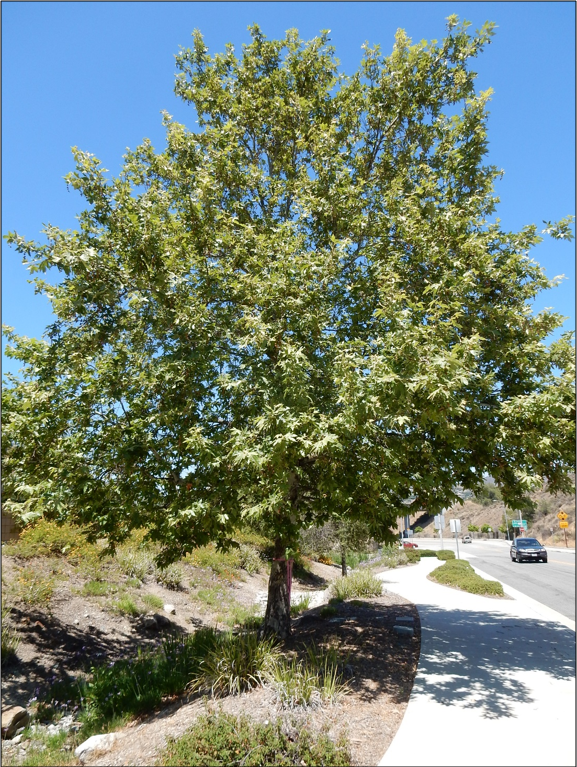
Diseases Of The California Sycamore Tree Evergreen Arborist Consultants

Problems With Sycamore And Persimmon Trees Orange County Register

Platanus Species California Plane Tree California Sycamore Western Sycamore Platanus Racemosa
Big Sycamore Tree Big Problem Hort Coco Uc Master Gardener Program Of Contra Costa Anr Blogs
Big Sycamore Tree Big Problem Hort Coco Uc Master Gardener Program Of Contra Costa Anr Blogs
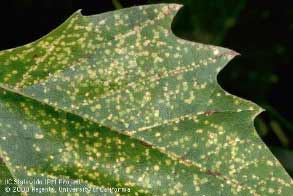
Providence Horticulture Sycamore Scale
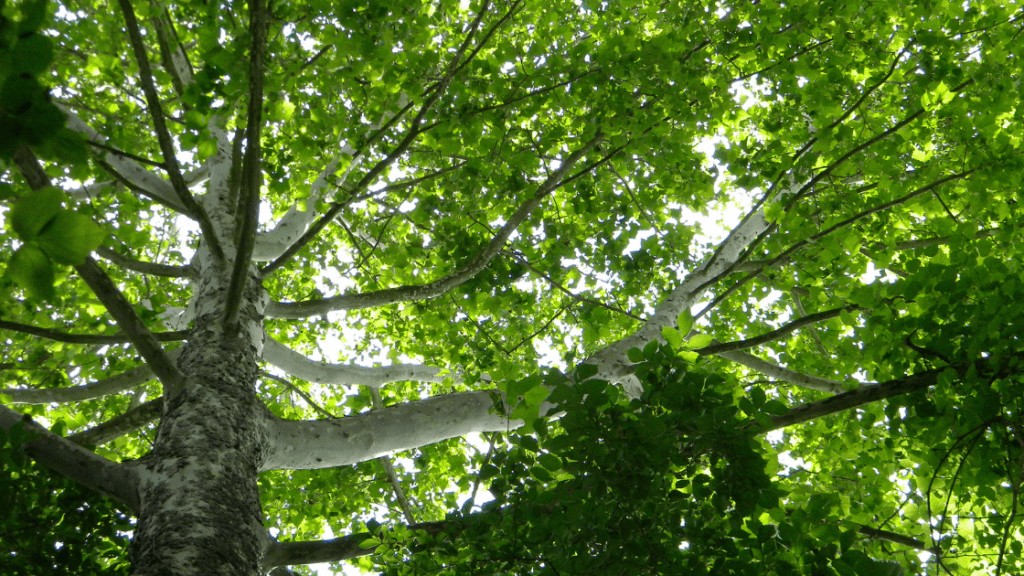
Sycamore Pros Cons And Cautions Of The Great Deciduous Shade Tree Outdoor Garden Accessories

Sycamore Tree Features Uses Types And How To Grow

Sycamore Tree Problems Treating Sycamore Tree Diseases And Pests Dummer Garden Manage Cuidado De Las Plantas Jardin De Pusadee Flor
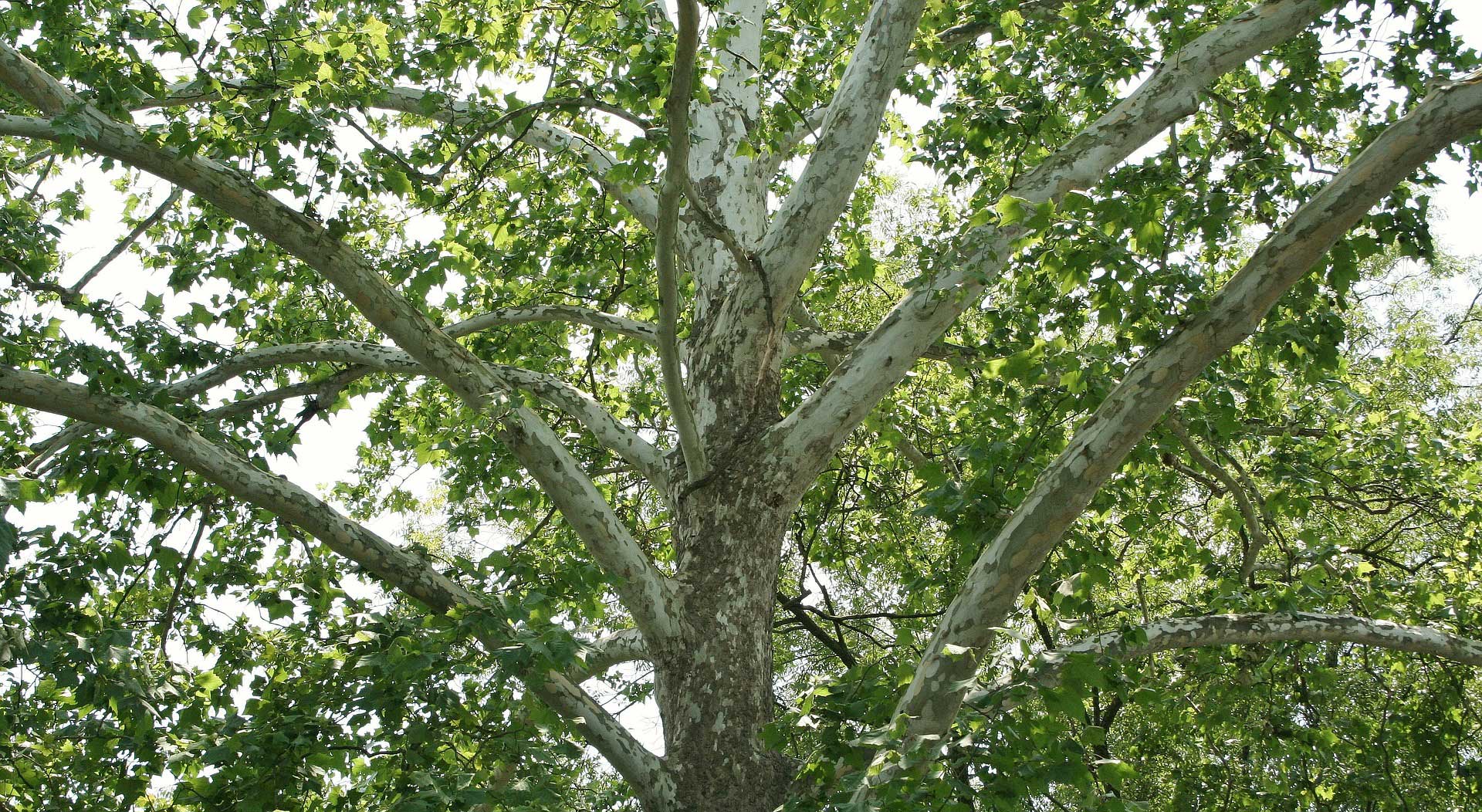
Sycamore Tree Learn About Nature

Common Problems With Sycamore Trees Learn About Sycamore Tree Pests And Disease

Master Gardener Saving Sycamore Trees From Disease Press Enterprise
Sycamore Tree Plant Care Growing Guide

Sycamore Trees Dropping Leaves Likely Have Anthracnose Chicago Tribune

California Sycamore Street Trees Memorial Garden Sycamore
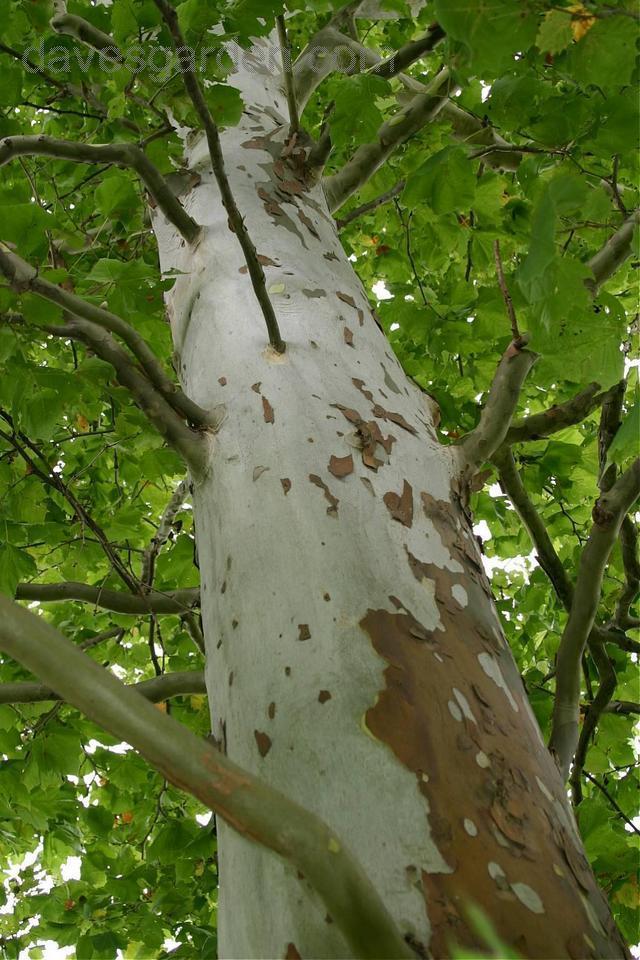
Sycamores Get No Respect Eat The Weeds And Other Things Too
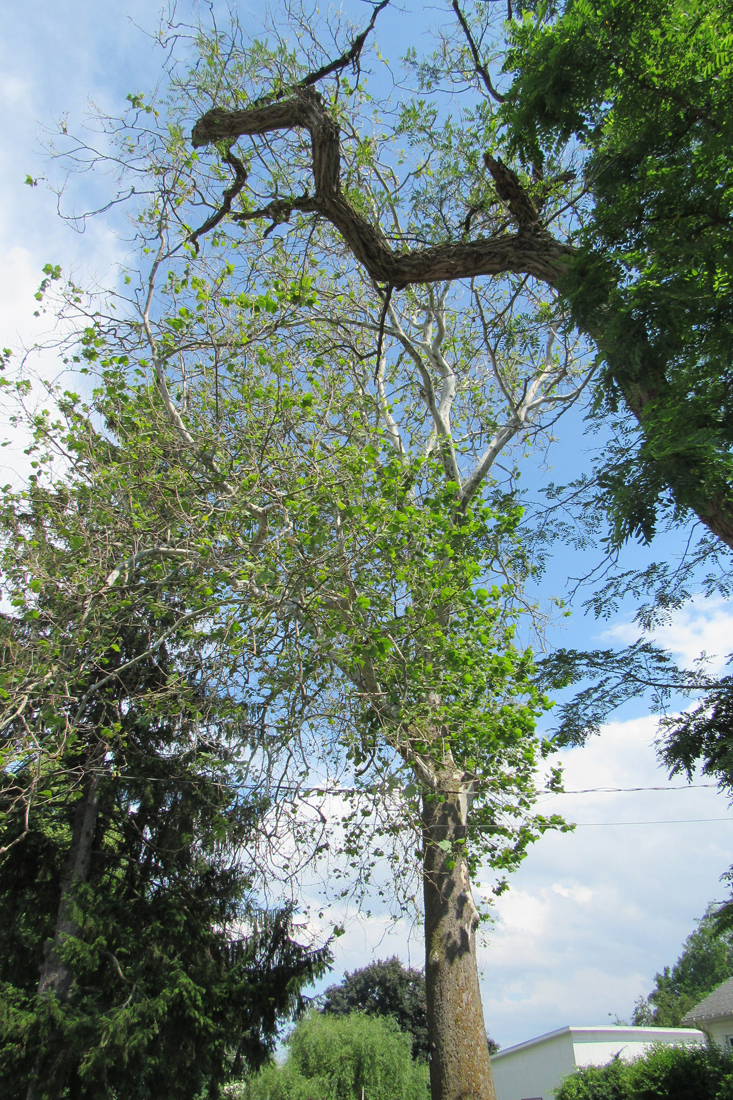
Sycamore Anthracnose Effects Trees Daylily Garden Dedication Planned Westside News Inc
A Brief History Of Street Trees Part Three The Sycamore Larchmont Buzz Hancock Park News